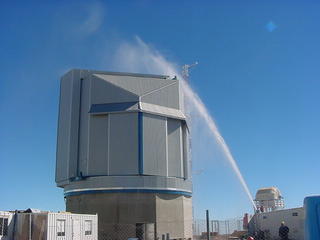 | |  |
|
Back to home page >>
- Links:
- ESO - Data Releases
- CASU
- Technical info
- VST data processing
- WFAU (ROE) OSA
- VST-ATLAS Chilean Data Hub
- ESO VST
- Naples VST
- KIDS
- ESO VISTA
- UK VISTA
- UKIDSS
- OmegaCam
- Survey Progress
Click on image for full-sized version

- Tile finder
Reports ESO OBs and CASU reductions and plots magnitude offsets with Gaia
Search by RA and Dec ...
- ATLAS Images
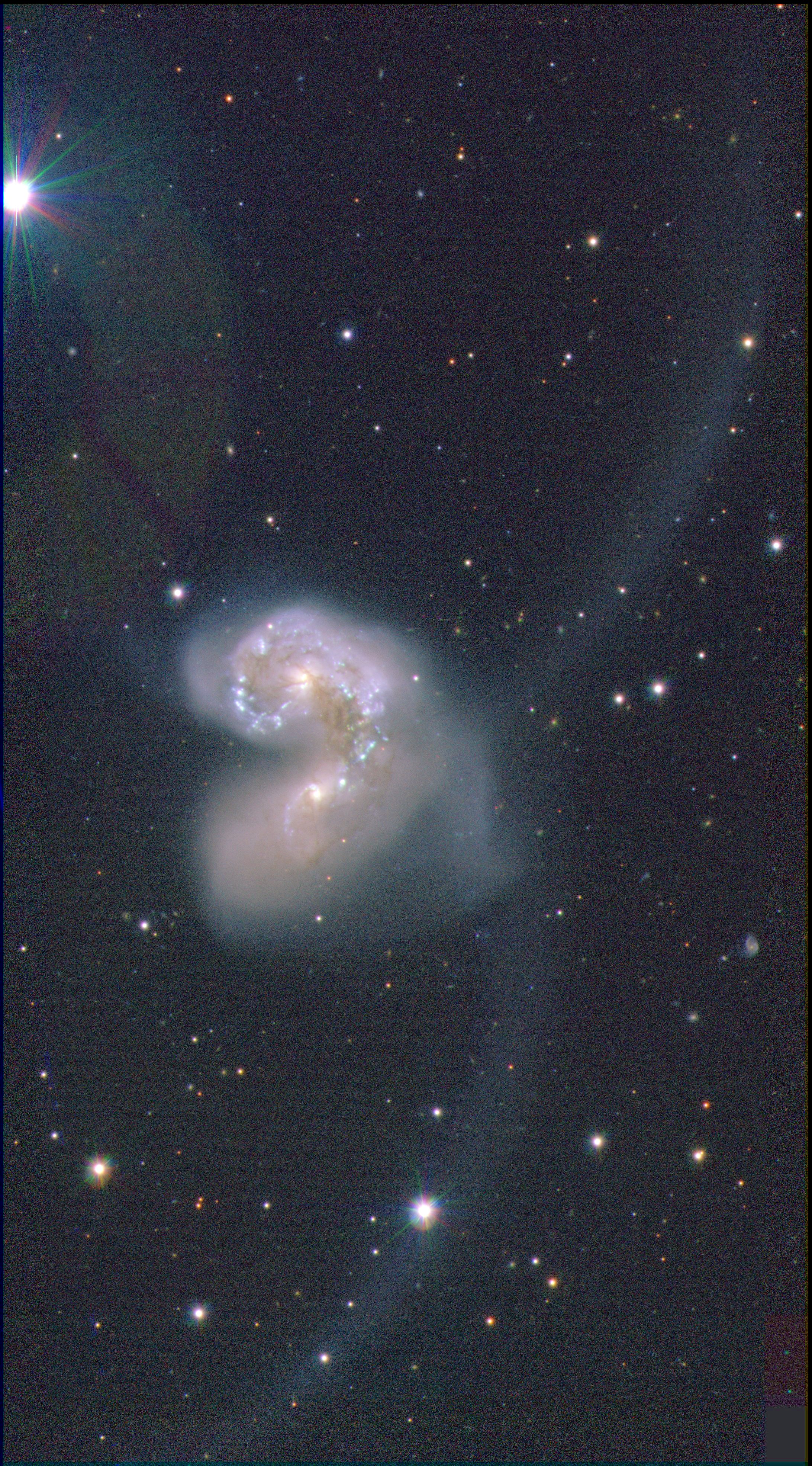
g,r,i image of NGC4039
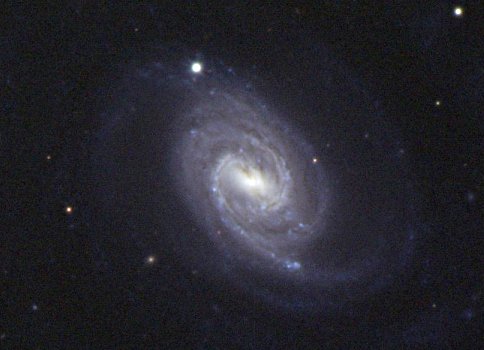
g,r,i image of NGC289

g,r,i image of NGC7172
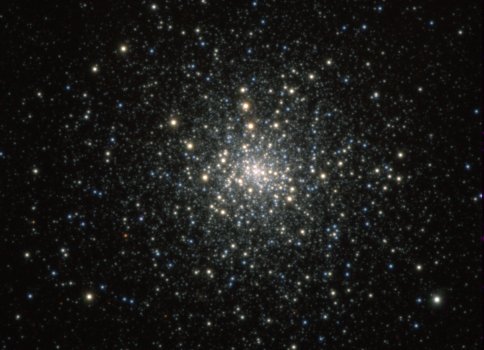
g,r,z image of Messier 30

g,r,i image of NGC613
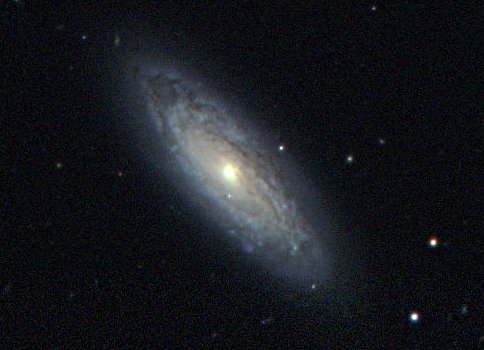
g,r,i image of IC5271
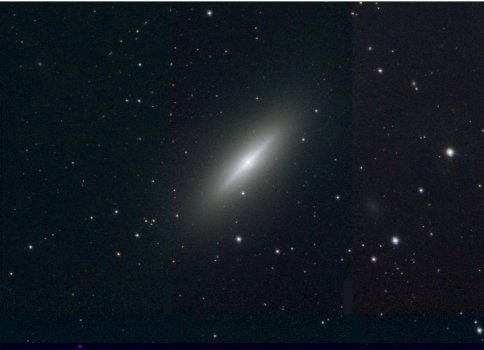
g,r,i image of NGC3115
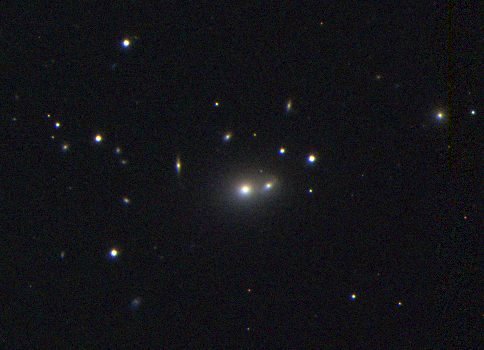
g,r,i image of NGC7268
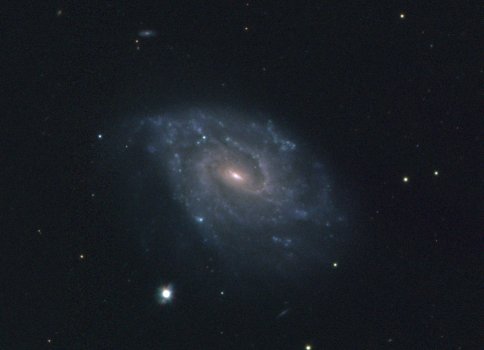
g,r,i image of NGC1255

g,r,i image of NGC7755
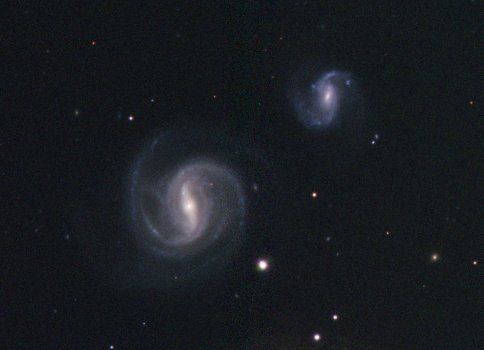
g,r,i image of NGC945
Back to home page >>
| |
 | | |
|
 | |  |
|
VST ATLAS DR4 Release Description
DR4 was released in May 2019
The release consists of all stacked, reduced images, associated source lists and band merged catalogues in u,g,r,i,z taken from the start of observations by the VST in August 2011 through to the end of July 2017. Apart from the odd missing tile, it covers the complete survey area (but not the northern cap extension in ugr). This is the first release with a global calibration.
Coverage maps:
Summary:
| u | g | r | i | z |
|---|
| Exposure time | 2x60sec | 2x50sec | 2x45sec | 2x45sec | 2x45sec |
| No. of tiles | 4274 | 4275 | 4276 | 5072 | 5072 |
| Approx. Area (deg2) | 3994 | 3995 | 3996 | 4739 | 4739 |
| Median 5σ Mag. limit (AB) | 22.05 | 23.19 | 22.64 | 21.92 | 20.83 |
| Median FWHM (") | 1.09 | 0.97 | 0.95 | 0.83 | 0.87 |
Notes:
- Isophotal fluxes, Kron fluxes, Petrosian fluxes and fixed aperture fluxes are provided. There are also corrections to point source total magnitudes for each aperture.
- To convert magnitudes use -2.5*log(flux)+ ATLASZPT - EXTINCT*(airmass-1) +2.5*log10(EXPTIME), where 'ATLASZPT', 'EXTINCT', 'EXPTIME' are fits keywords in the headers and airmass is the mean of 'HIERARCH ESO TEL AIRM START' and 'HIERARCH ESO TEL AIRM END' (so note in particular that MAGZPT is not corrected for the airmass of the observations).
- Fluxes are corrected for the non-uniform illumination of the flat fields
- The pixels are NOT corrected.
- The Kron and Petrosian magnitudes are unreliable for the brighter stellar objects. If you are interested in stars, use the point-source corrected aperture fluxes.
- A full description of the catalogues is provided at CASU
- The s/g Classification parameter appears to give reasonably clean samples of stars (-1), but does seems to contaminate galaxy samples (1) with fainter stars.
Photometric uniformity:
This release has four different calibrations. - The ESO nightly calibration (MAGZPT). Observations may not be photometric. The field-by-field rms compared with external surveys is about +/-0.07 mag. However, it tends to be correlated over Concatenations, which are usually 17 tiles long in RA at the same Dec.
- Calibration relative to the APASS survey, using colour-based extrapolations to u and z (APASSZPT).
- Calibration relative to an average of the APASS calibration over a whole night (NIGHTZPT).
- RECOMMENDED: the DR4 global calibration, ATLASZPT. In griz calibration has been based on comparison with the Gaia DR2 G, Bp and Rp magnitudes for stars. In the u band, where galactic extinction made extrapolated Gaia magntudes unreliable, a matrix solution based on the internal photometry on overlapping areas of adjacent tiles has been adopted, with an overall match to SDSS u.
We recommend ATLASZPT as the preferred zeropoint. - Note that the magnitudes in the public WFAU DR4 data release have already been calibrated using ATLASZPT.
- The ESO archive individual DR4 data release catalogues only contains fluxes, not magnitudes, but it has a keyword PHOTZP in the catalogue headers which takes care of most of the work for you - so the globally calibrated magnitudes are -2.5*log(flux)+PHOTZP. The combined urgiz catalogue have precalibrated magnitudes in the same fashion as the WFAU files.
Colour equations:
Rough colour transforms to SDSS for the ATLASZPT are:
u_sdss=u_vst + 0.01(u-g)_sdss - 0.03
g_sdss=g_vst + 0.05(g-r)_sdss - 0.06
r_sdss=r_vst + 0.03(g-r)_sdss - 0.035
i_sdss=i_vst - 0.015
z_sdss=z_vst - 0.04(i-z)_sdss + 0.05
Here are comparisons between SDSS and VST ATLAS for stellar objects, using the ATLASZPT calibration. The solid lines indicate the above transforms. The u-band would probably benefit from a second order fit.
|
|
 | | |
|

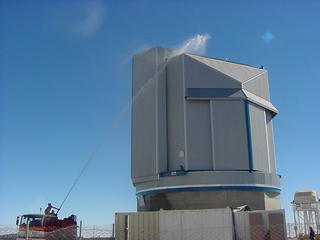 THE VST ATLAS SURVEY
THE VST ATLAS SURVEY
